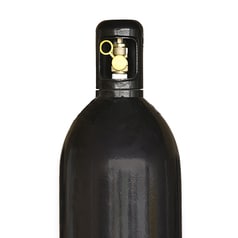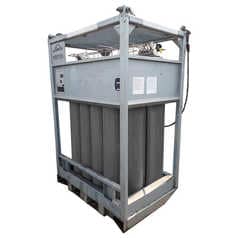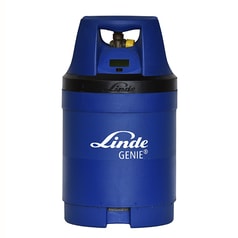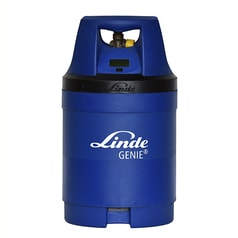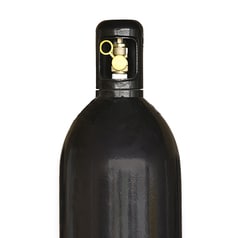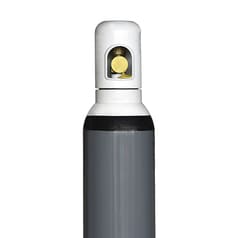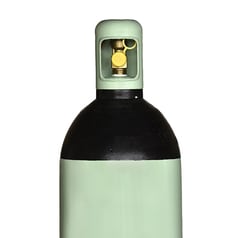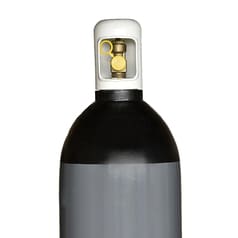Pour bénéficier d’un affichage optimal de la boutique en ligne de PanGas, vous avez besoin pour le navigateur de la version minimale suivante:
• Internet Explorer 9.0
• Mozilla Firefox 38
• Safari 8
• Chrome 45
Veuillez vous assurer que JavaScript est activé dans les paramètres de votre navigateur.
Nitrogen
The production of nitrogen is based on the separation of air into its components
In our air separation plants, compressed air is cleaned and then compressed. The compressed air is then cooled to very low temperatures. The air is then compressed again to liquefy and be separated by distillation into, among other things, nitrogen. The temperature of liquid nitrogen drops to as low as -196 degrees Celsius in the process. Other techniques that can be used to separate air and purify the various components are separation by membranes and adsorption by selective bonding to an adsorption bed.
What is nitrogen?
Nitrogen is an odorless, tasteless and colorless gas, which occurs in our air and makes up 78% of the earth's atmosphere. The main property of nitrogen is that it behaves as an "inert" gas with respect to most substances. The gas is not poisonous, but it does suffocate and in an arc it can form nitrous vapors, which are harmful. A good extraction is therefore recommended.
How is nitrogen used?
Linde Gas Benelux supplies nitrogen in both gaseous and liquid form. Gaseous nitrogen is widely used as a raw material for the preparation of nitrous oxide, TNT, dyes, ammonia and fertilizers, heat treatment, chromatography, blanketing, gas packaging and inerting, among other things. Liquid nitrogen is used in a variety of industries. Small amounts of liquid nitrogen can be used to treat skin conditions, such as warts. Larger quantities of liquid nitrogen are used, for example, in shrinking metal and preserving samples.


